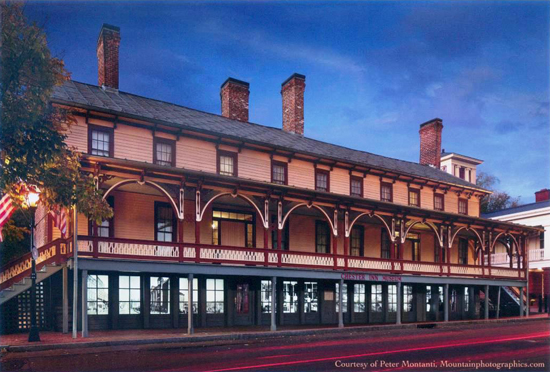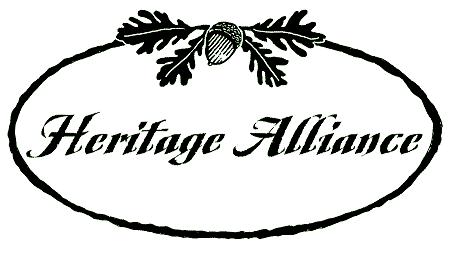Award-Winning Play “Nancy” Returns to Embree House on June 24th
In 1820, Elihu Embree published his newspaper The Emancipator on Main Street, Jonesborough. The seven edition paper is the first publication dedicated solely to the cause of abolitionism. Embree passed away in December of 1820, and the paper died with him. Even though it was short-lived, The Emancipator had over 2,000 subscribers and its reach went all the way to Boston and Philadelphia. In spite of his abolitionist beliefs, Embree himself was an enslaver. Nancy was an enslaved woman owned by Elihu Embree, and her story will be shared on Saturday, June 24th at the Embree House Historic Farm in Telford.
Written by Anne G’Fellers-Mason, Executive Director of the Heritage Alliance, “Nancy” follows a year in the woman’s life, from January 1820 when Elihu Embree wrote his will to January 1821 when his will was read before the Washington County court. In his will, Embree tried to free Nancy and her five children, but were his wishes carried out? What was Nancy feeling and thinking during this time? The play is based on primary research relying heavily on documents from the Washington County Archives. Local actress Ubunibi Afia Short takes on the titular role of Nancy. “We premiered Nancy’s story in 2021 at the Embree House Historic Farm, so we’re excited to be bringing the play back to these hallowed grounds,” says Mason. The play is the recipient of an Award of Excellence from the Tennessee Association of Museums and a History in the Media Award from the East Tennessee Historical Society.
Two performances will be held on June 24th with showings at 2:00 pm and 6:30 pm. The show will take place inside the open air Sarah Sevier Memorial Chapel at the Embree House in Telford and will last about an hour. A Q&A session and a chance to tour parts of the Embree House will follow each performance. Tickets are $25.00 and proceeds from ticket sales will help fund the educational programs of the Heritage Alliance. You can purchase tickets through Jonesborough’s online system at jonesborough.com/tickets or by calling the Visitor’s Center at 423-753-1010. Seating is limited, so make sure you purchase your tickets in advance.
This performance is a part of the celebration of Juneteenth, or Emancipation Day, a celebration of the day that word of emancipation finally reached a group of enslaved people in Galveston, Texas on June 19, 1865. The Heritage Alliance hopes you will join us as we remember Nancy and tell her story.
The Heritage Alliance is dedicated to the preservation of the architectural, historical, and cultural heritage of our region and to providing educational experiences related to history and heritage for a wide range of audiences. For more information, visit our website at heritageall.org or call our office at 423-753-9580.










